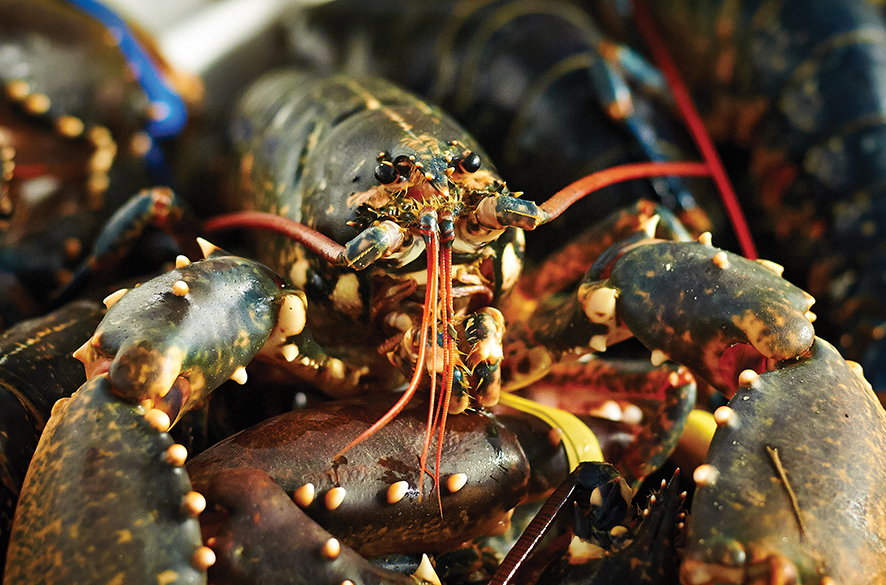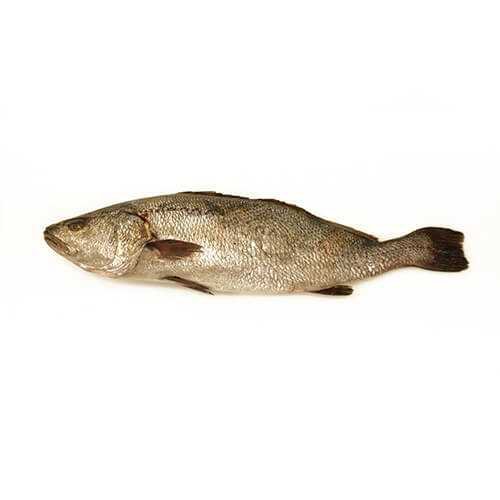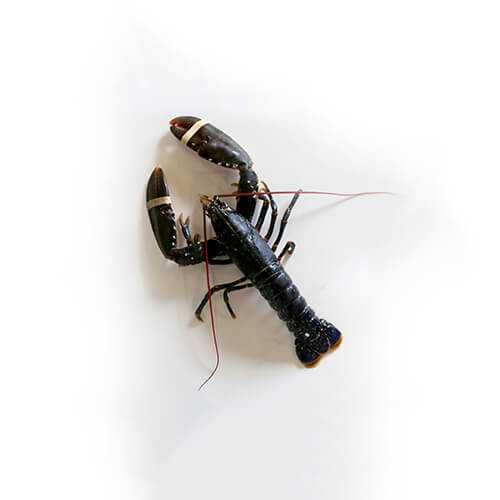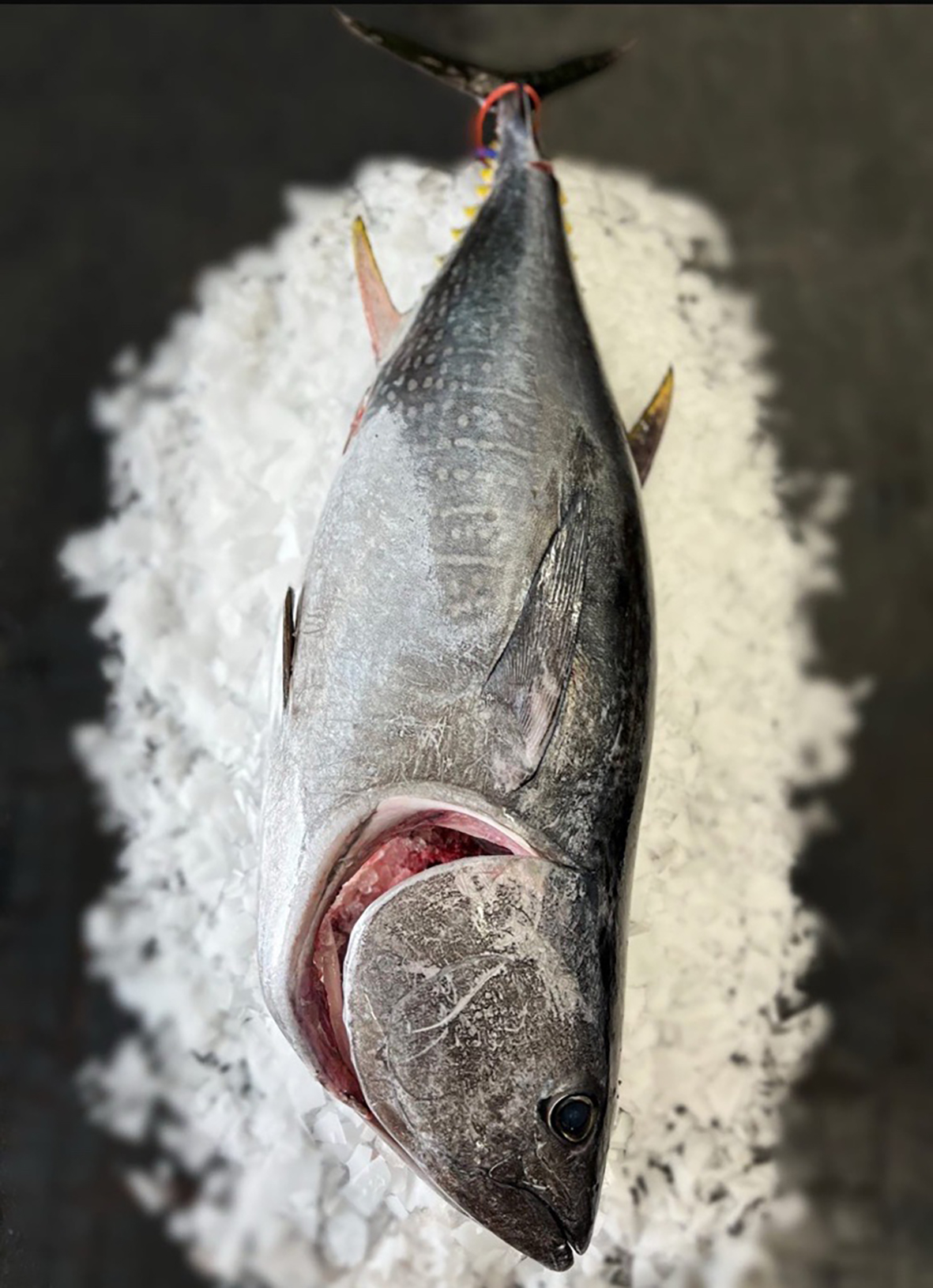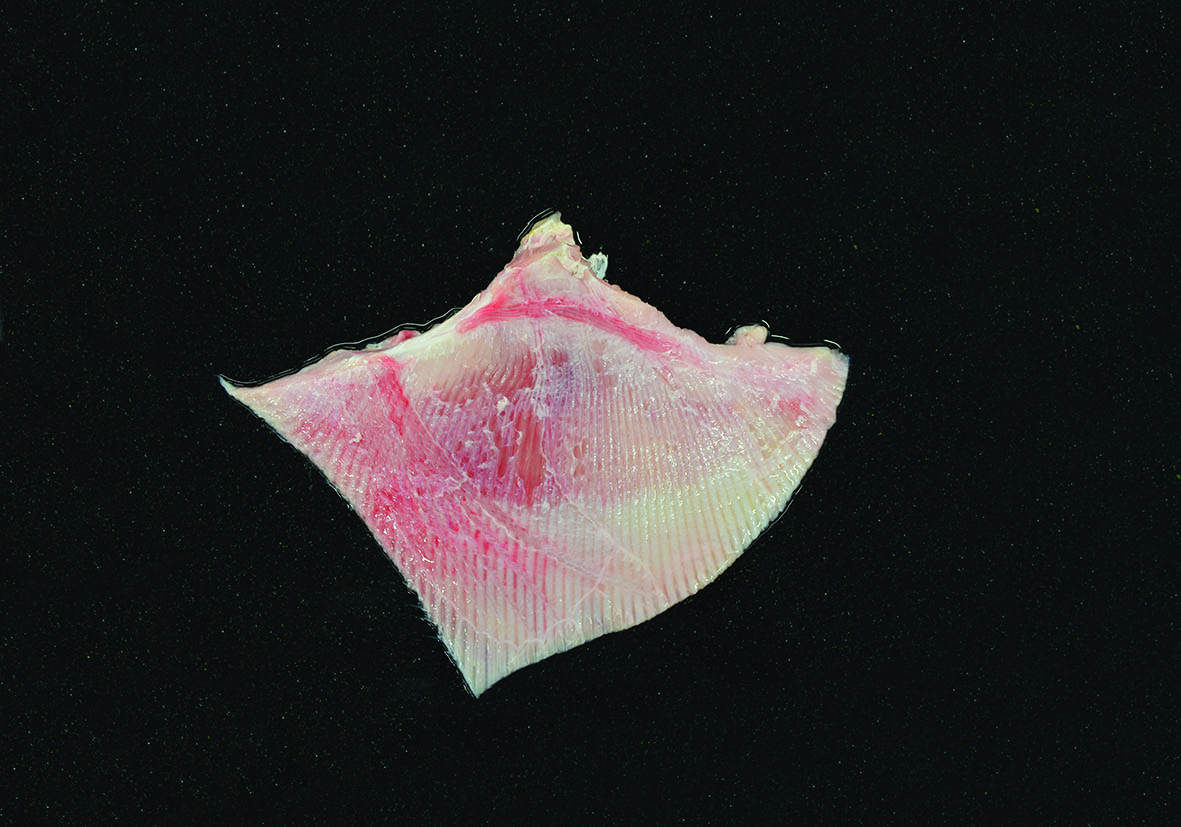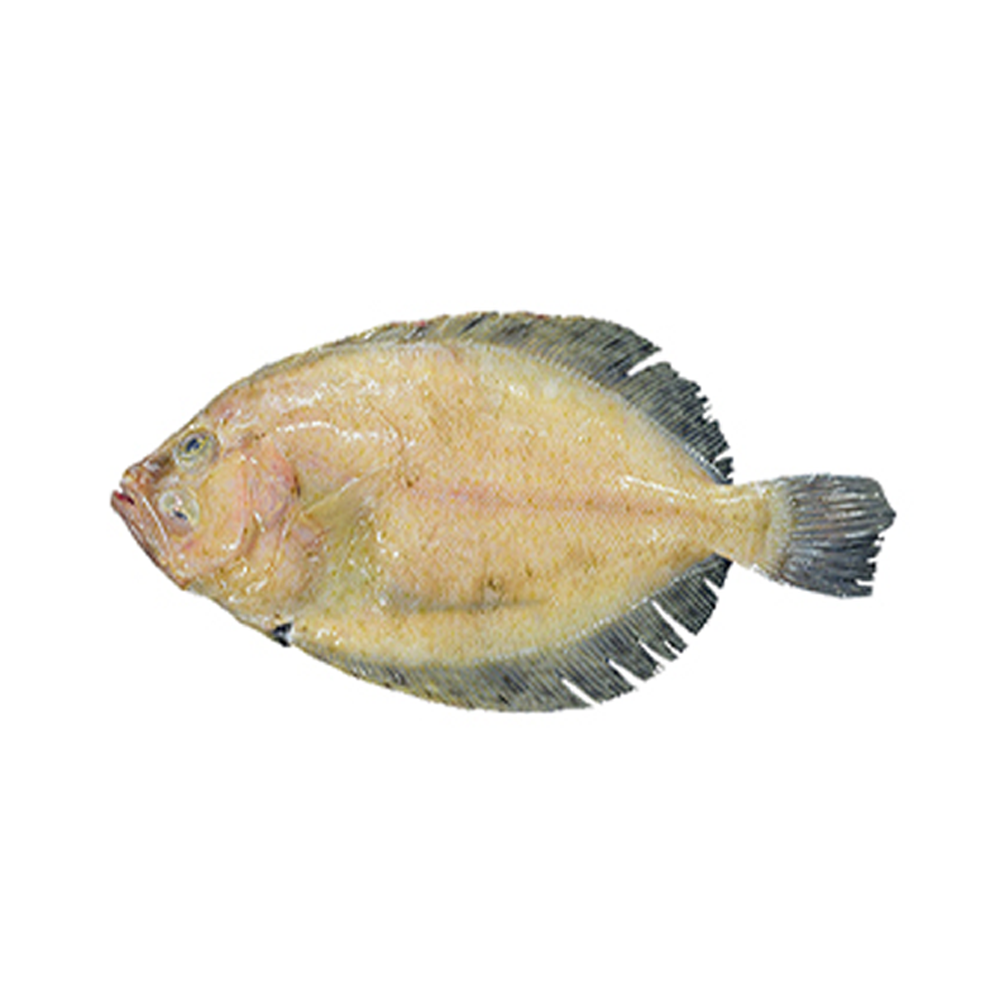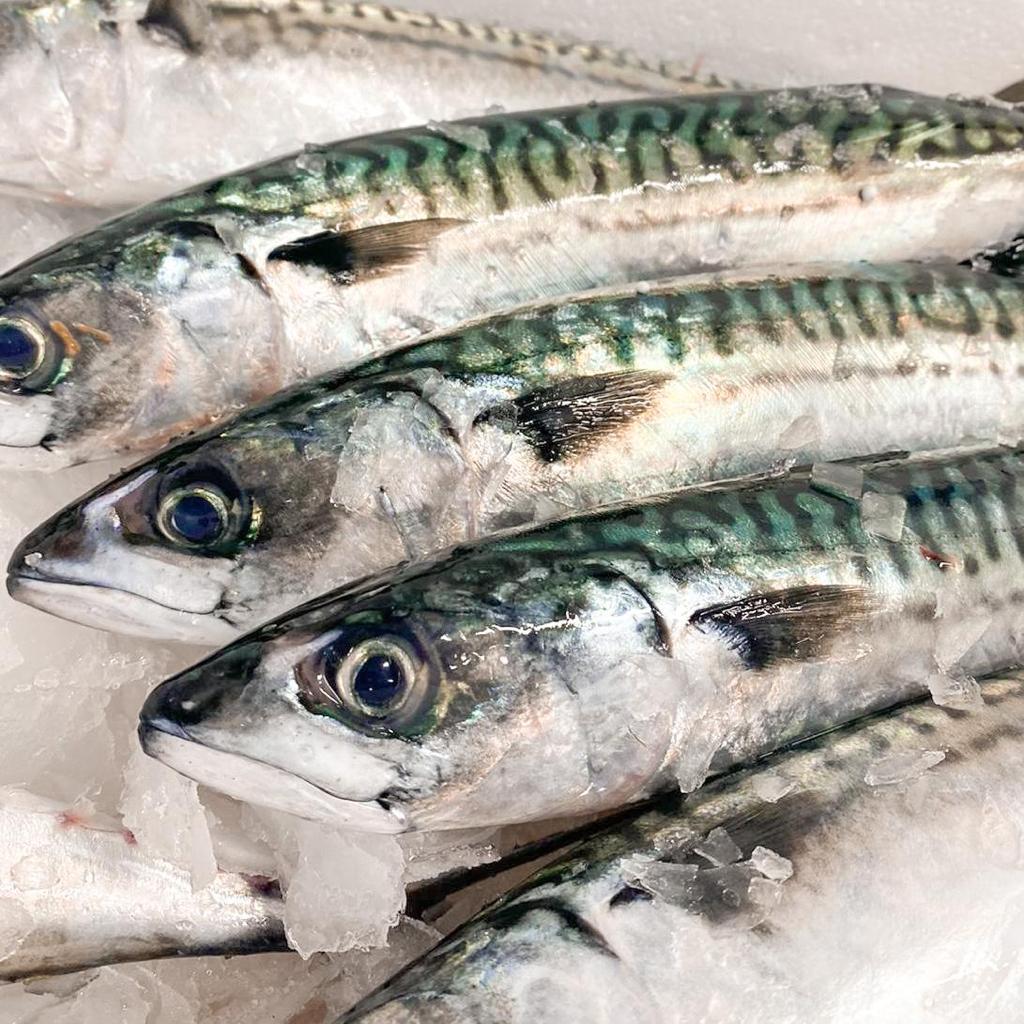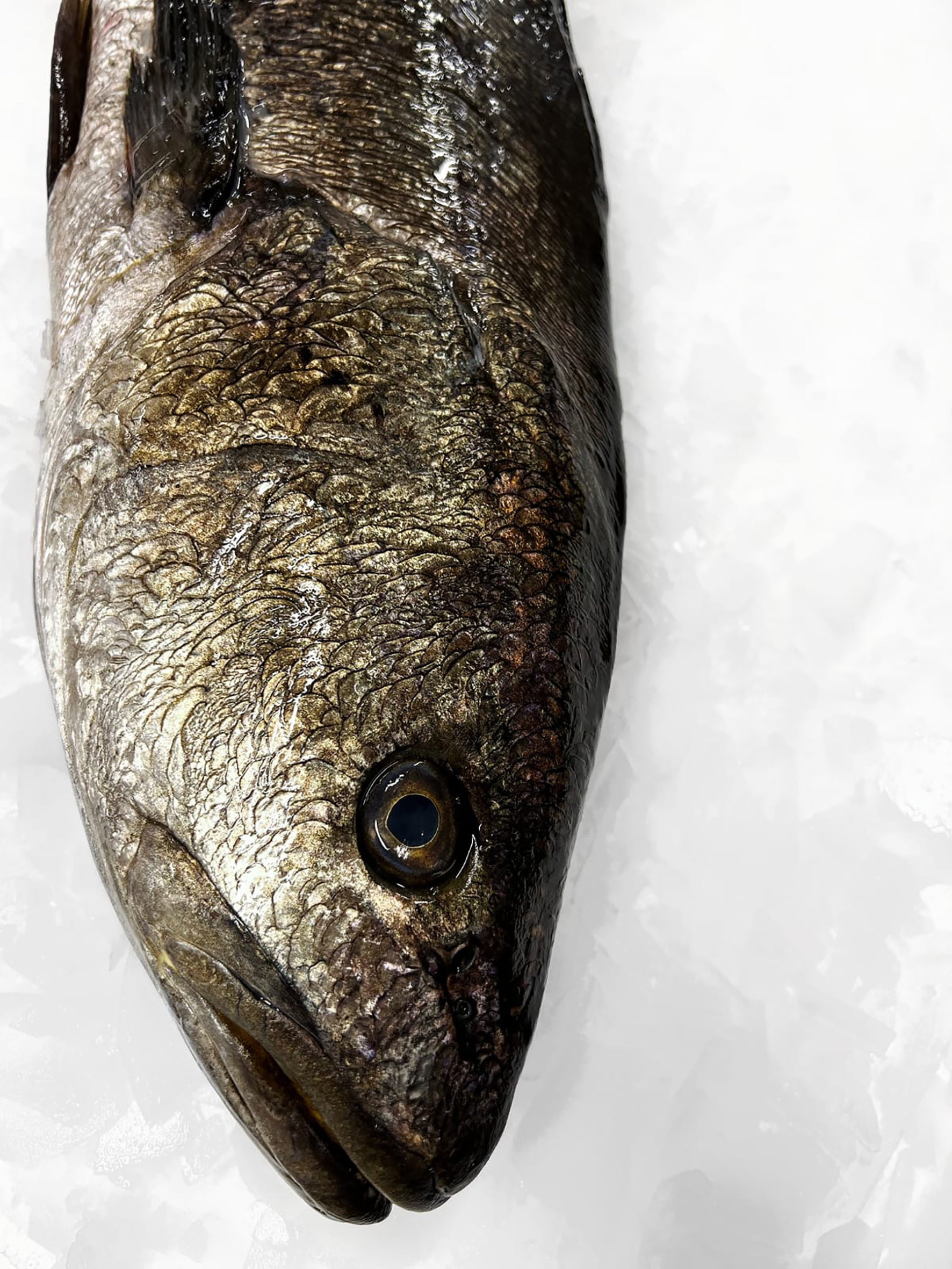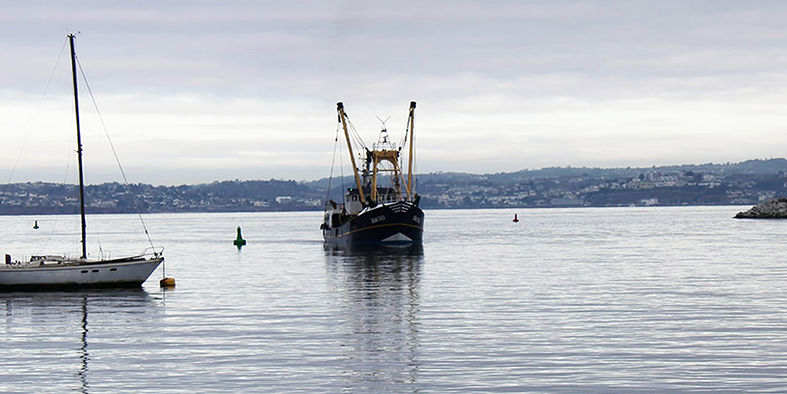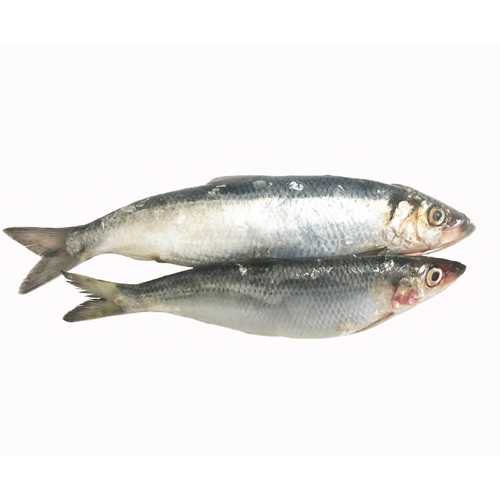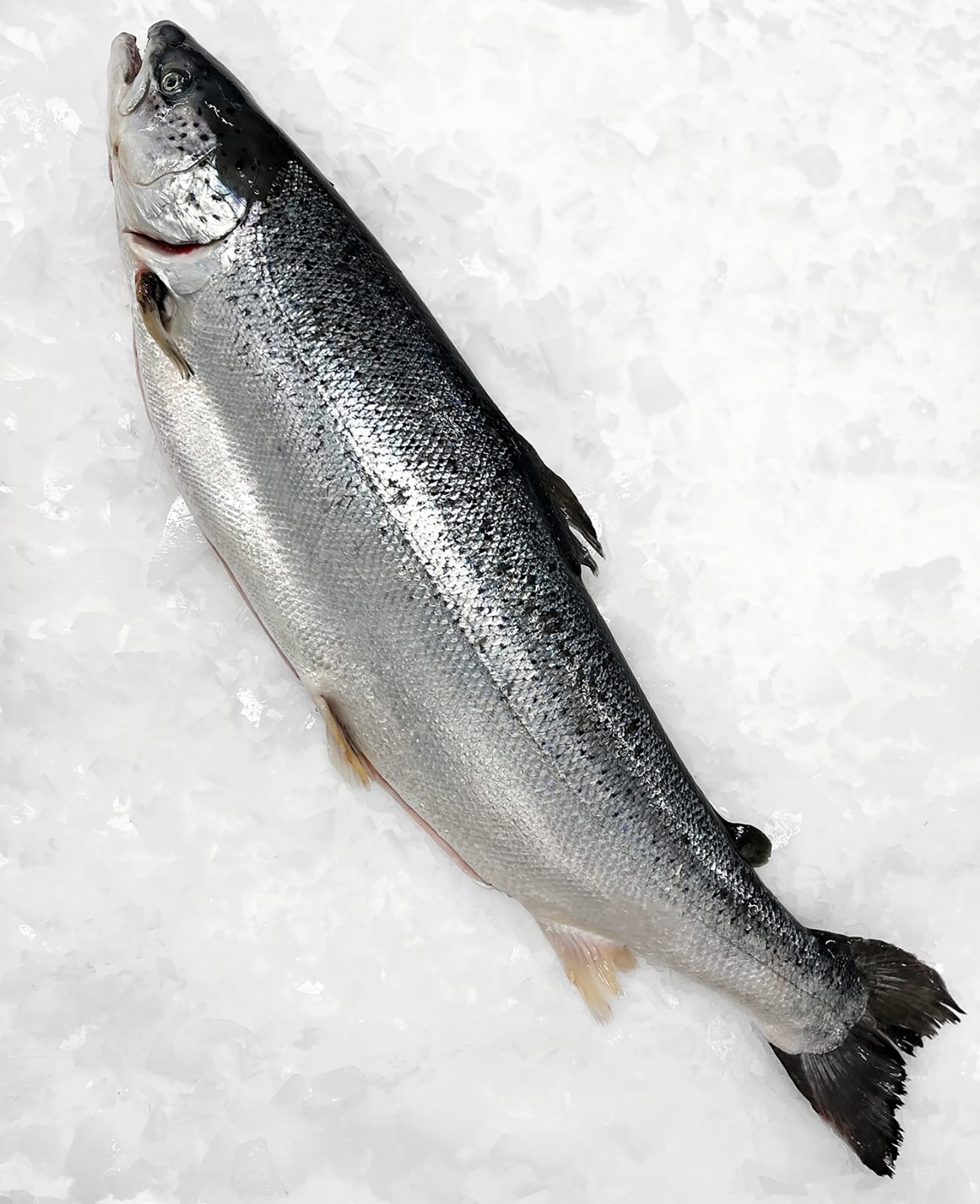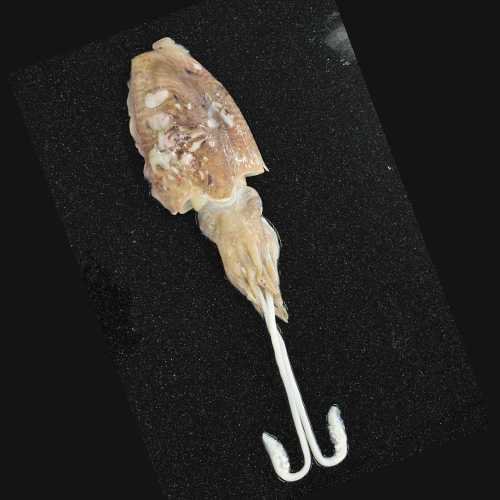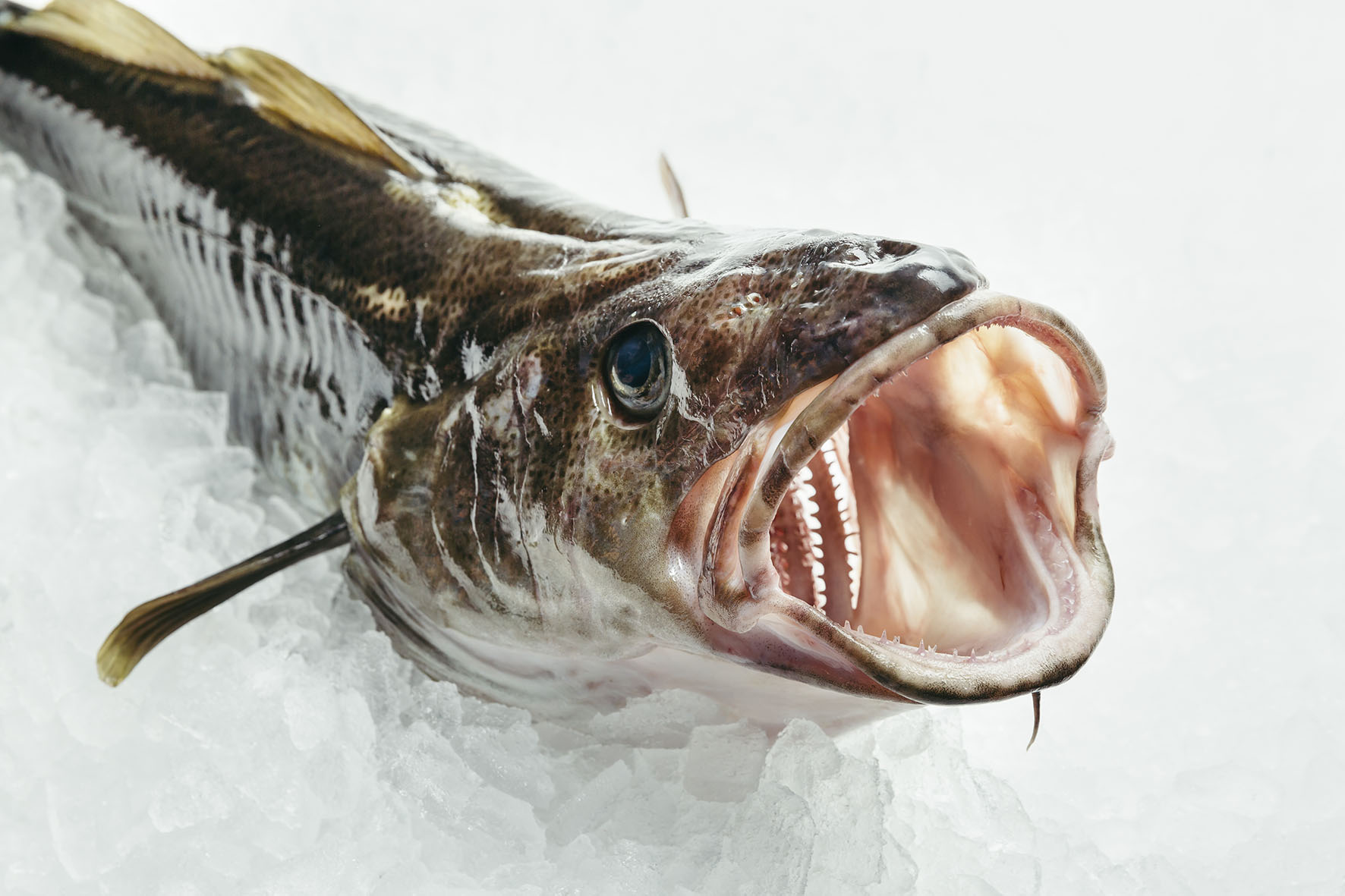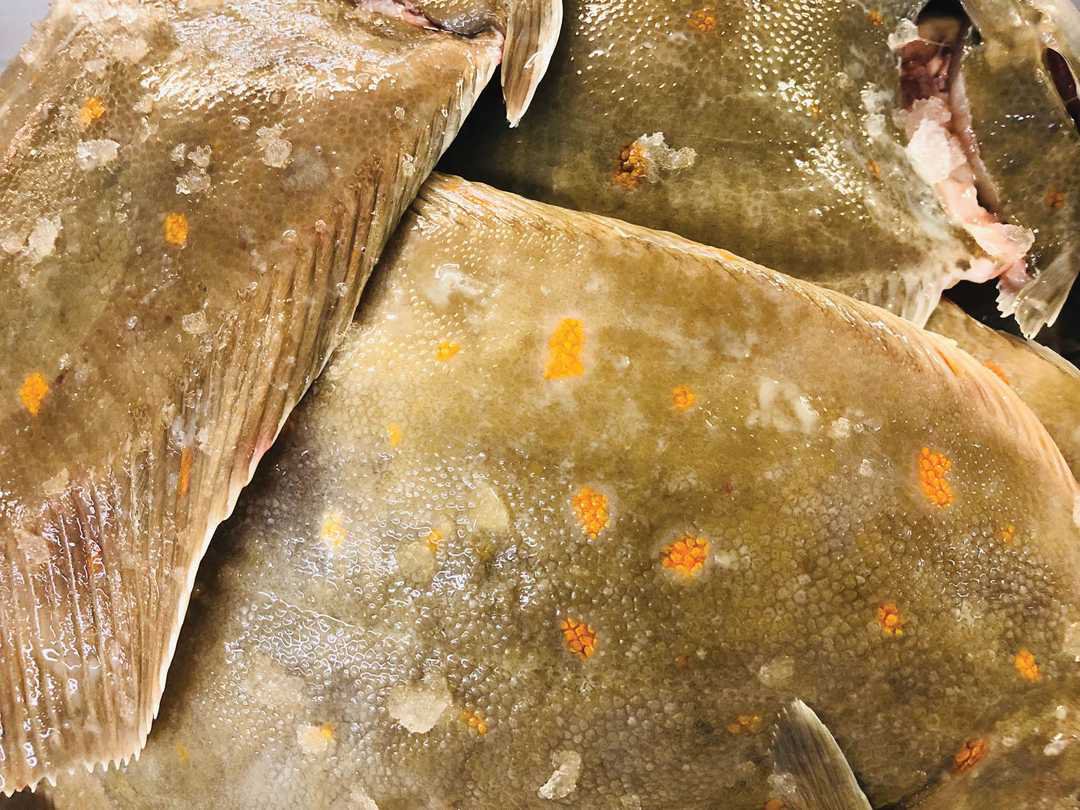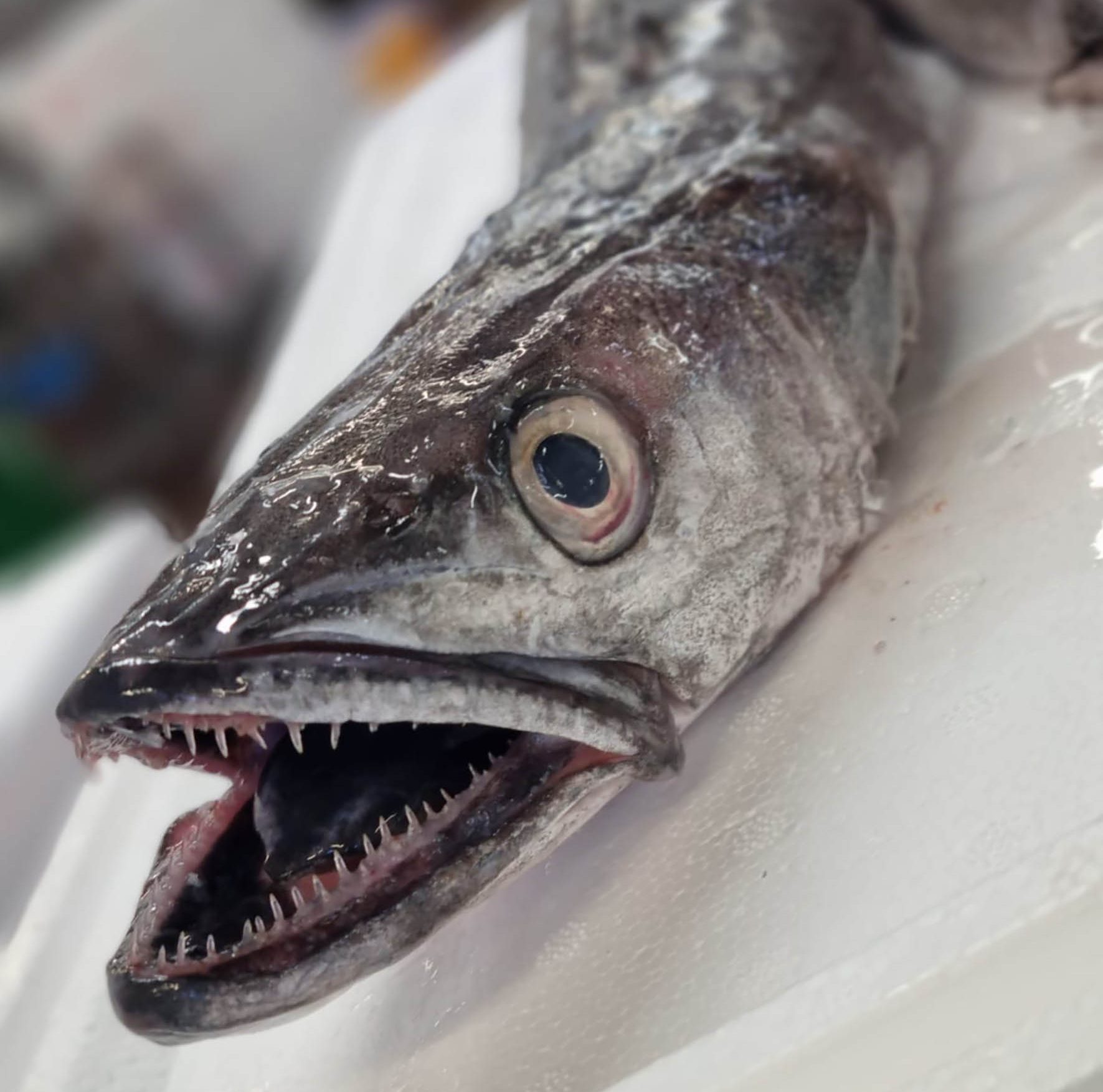Welcome to the summer 2025 newsletter, which aims to cover the June to August period for the supply of fresh and frozen fish and seafood. It’s been a busy few months in our industry with lots of activity around the potential of the new USA tariffs and their impact on prices. We’ve also had a really difficult few months on our core cod and haddock species with key fishing areas closing, and new quotas affecting availability. This challenging scenario is set to continue with an ongoing desperate shortage and sky high prices, combined with mixed quality on haddock in particular. We are also starting to see the native lobster season kicking in, so get your specials boards ready for any UK landings. The weather in the UK has been extremely favourable during the spring. The continuation of this will encourage diners to get out for some al fresco dining, so talk to your account mangers about the plethora of fish that should be landed into our native auctions over the summer.
Our Director of Sustainability, Laky Zervudachi, has thoroughly assessed the recent Marine Conservation Society (MCS) spring 2025 ratings. This update has sprung a couple of significant surprises. The most important of which is the downgrading of most UK (and European) mackerel fisheries from a 3 yellow to a 4 orange rating. This is essentially a political move that has been prompted by the fact that the Nations (Iceland, Norway, EU and UK) who share the scientifically suggested TAC (Total allowable Catch) have, over the last few years, persistently exceeded the recommended landings, and are now in danger of seriously compromising mackerel stocks in the North East Atlantic. Mackerel continues to be the most valuable stock to the UK and is mostly landed by massive pelagic trawlers in the North Sea around Scotland, with huge amounts frozen down and sold for export or smoking. Mackerel was once seen as the great sustainable alternative species that all chefs should be using, but the constant abuse of the TAC’s by the relevant fishing nations is now endangering this great value species that is also wonderfully versatile for chefs as well as being great for health with its high levels of Omega fatty acids. Fortunately Direct Seafoods will continue to source hook and line caught mackerel from various UK fisheries, that, due to this more selective fishing method, still carries a 3 rating. Please speak to your depot regarding local landings. Please also note that gill netted mackerel from the South West is now 5 rated – so one to avoid.
On the more upbeat side of the coin, Scottish monkfish, both black bellied and white bellied, have been upgraded from a 4 rating to a 2 rating which is great news for many chefs who love to use this versatile premium species. It is also worth noting is that there are now a number of species of ray that are achieving 2-3 ratings (namely, cuckoo ray, undulated ray and thornback ray). Though depots and chefs will need to check specifically with which areas these species are fished and by what method, it does mean that there is now the opportunity to add skate/ray back on menus as most of these slow growing species have been red rated for many years
Finally it is worth mentioning, as we approach the summer, that the UK Bluefin tuna season will start again in July until December. This year the quota for commercial fisheries will be for 45MTonnes, and licenses will be given to 15 UK fishermen with vessels under 12 meters who are only allowed to fish with rod and reel. These beautiful fish have a 3 rating and are making more and more appearances in UK waters. Do speak to your account manager if they are of interest as many of these fish will be landed in the South West where our Brixham buyer will have direct access to these 3 rated specimens.
So with all this considered, lobsters, Bluefin tuna, monkfish and ray wings should all be top of your list for a sustainable and delightfully British fish menu in the summer months.
Natalie Hudd, Director of Sales, Direct Seafoods.


